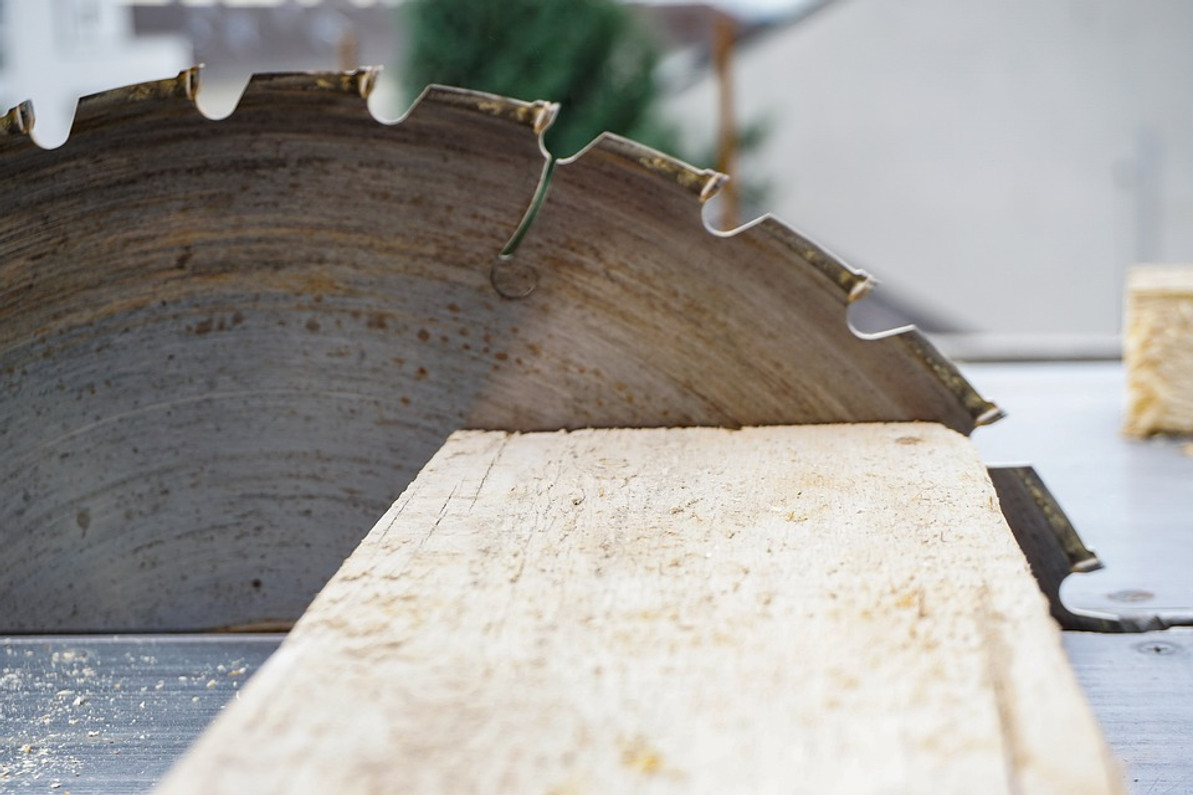The Dos and Dos of Woodworking Safety
Woodworking requires proper safety precautions to protect against injury. Whether you perform woodworking for recreational or work-related purposes, you may sustain an injury unless you take the necessary safety precautions. Statistics show that over 35,000 woodworking injuries occur each year. This blog post reveals the dos and don'ts of woodworking safety to protect against injury.
Do Wear Safety Glasses
Safety glasses are a common form of personal protective equipment (PPE) for woodworking. When cutting wood, debris may project out of the workpiece. Safety glasses will shield your eyes from debris projectiles so that they don't cause eye injury. Whether you're using a hand saw, table saw or any other cutting cool, you should always wear safety glasses when performing woodworking.
Don't Wear Loose-Fitted Clothing
While you should wear safety glasses, you shouldn't wear loose-fitted clothing. The problem with loose-fitted clothing is that it has a tendency to snag in machinery. If you wear a loose-fitted shirt while using a table saw, for instance, the sleeves may get caught in the blade. To err on the side of caution, it's best to avoid wearing loose-fitted clothing.
Do Use Proper Lighting
Proper lighting is important when performing woodworking. Woodworking, of course, requires excellent hand-eye coordination. You'll need to see the workpiece that you are cutting or otherwise working on, and you'll need to move your hands in the correct position. Without proper lighting, the risk of injury will increase. You won't be able to see the workpiece, nor will you be able to position your hands correctly.
Don't Connect Multiple Extension Cords Together
Another common mistake to avoid when performing woodworking is connecting multiple extension cords together. Most saws and cutting machines support an extension cord. If the built-in cord is too short, you can connect a saw to an extension cord. With that said, you should only use a single extension cord. Connecting multiple extension cords together may result in shock or a fire.
Do Use a Sharp Blade
Always use a sharp blade when cutting wooden workpieces. Contrary to popular belief, dull blades aren't safer than sharp blades. Dull blades are actually more dangerous because of their ability to create debris projectiles. Regardless of what type of saw you are using to cut a wooden workpiece, make sure it has a sharp blade beforehand. If the blade is dull, you'll need to either sharpen it, or you can replace it.
Recent Posts
-
Fire Safety in the Workplace: What You Need to Know
What steps are you taking to prevent fires in your workplace? According to the U.S. Occupational Saf …Aug 23rd 2023 -
Is It Safe to Go Jogging With a Cold Infection?
If you're suffering from a cold infection, you might be wondering whether it's safe to go jogging. T …Aug 22nd 2023 -
5 Safety Tips to Follow When Using a Powder-Actuated Tool
Powder-actuated tools are commonly used to join materials to steel and concrete. Also known as Hilti …Aug 20th 2023




